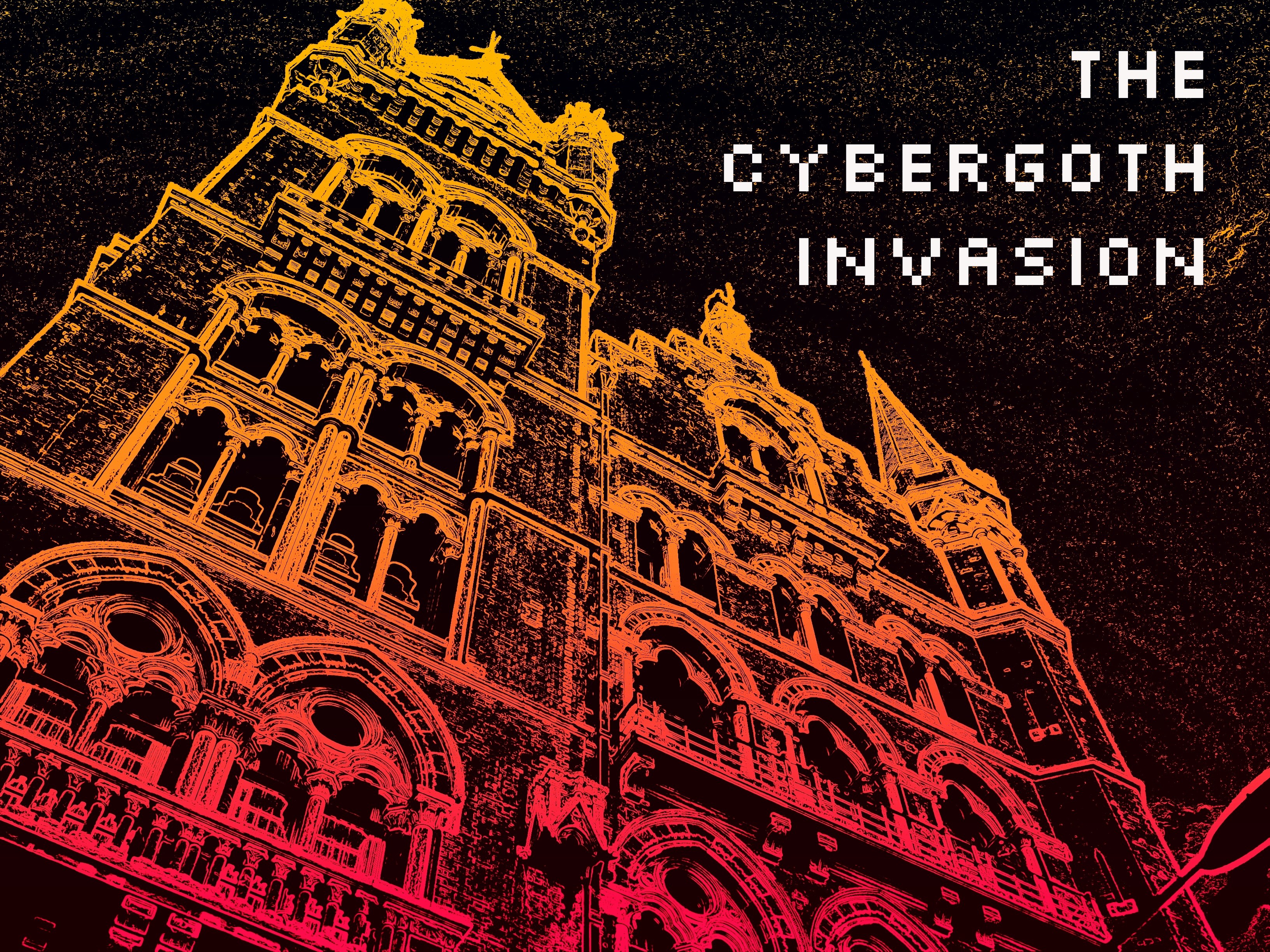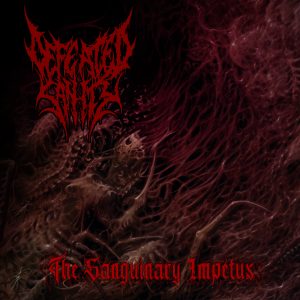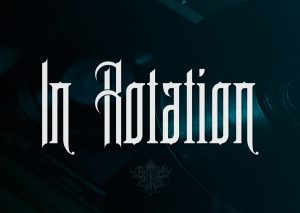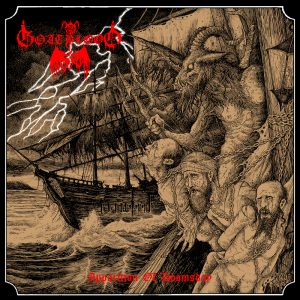The Cybergoth Invasion

The 1980s was quite revolutionary in the music world, due to the proliferation and advancements in synthesiser technology from the 1970s that touched all genres of music – from pop music when Art of Noise pioneered the use of the Fairlight CMI, and rock where Europe championed the use of the keytar respectively. It became apparent that music as equally heavy, fast paced and infectious as metal can be done with minimal involvement of guitars, or any guitars at all.
The origins of Cybergoth (a broadly umbrella term) is a blurry and complex one. It can be argued the scene can be traced back to the early 1980s with EBM (Electronic Body Music), which is an evolution inspired from experimental bands such as Cabaret Voltaire, DAF, Einstürzende Neubauten and Die Krupps. Front 242 built further on this over time – refining their sound with each release, with 1991’s ‘Tyranny (For You)’ album as a particular highlight. Similarly, industrial music groups such as Skinny Puppy and Front Line Assembly evolved and further refined their art – reaching a similar pinnacle with the critically acclaimed ‘Too Dark Park’ album in 1990, whilst Nine Inch Nails burst onto the scene with ‘Pretty Hate Machine’ in 1989. In the mid/late 1990s, Icon of Coil, Velvet Acid Christ and VNV Nation formed as a natural progression – that shared more similarities with the driving synth beats of hard house, techno, and hard trance than the industrial and EBM bands that preceded them.
In an interesting parallel, the Cybergoth scene is despised by some of the ‘old guard’ from the trad goth scene in the same manner as certain generations of metalheads despising nu metal – evolving in a similar time frame; regarding it as a gross aberration that shouldn’t be associated with “true goth”. This is down to their music style sharing more DNA with techno and hard trance, than post punk and darkwave; with withering comments along the lines of “That’s not real music” and “Two blokes with cheap Casio keyboards and an Atari ST isn’t a goth band”.
Due to the cross pollination of industrial music and metal championed by the likes of Ministry with their iconic ‘Psalm 69’ album, the Cybergoth scene has a deeply attractive allure for the curious metalhead thanks to the intensity, heaviness, and deeply infectious drive that’s contained and shared with bands associated with this tag. In fact, it’s highly likely that somebody within your circle of friends who enjoys metal will know someone (via a “friend of a friend of a friend” basis) who’s fully into it, with an entire selection of their album collection devoted to the scene. Even more tellingly, that person will now and again swap their Bathory shirt for a fishnet top, black jeans for PVC bondage trousers, Doc Martens for Mad Fish boots, and wear luminous hair extensions and neon eyeliner to attend the likes of Eccentrik, Lumous Gothic Festival, Infest, and Wave Gotik Treffen.
On a personal note, I became aware of the Cybergoth scene around the early 2000s (approximately 2006-ish) thanks to getting in touch with a goth friend from sixth form college called Noel, that mentioned a list of Industrial and EBM artists that he likes on his Myspace profile – which were very helpful pointers. Similarly, around that time another friend in the local scene called ‘Billinge John’ started investigating the genre due to friends he knew – one of them reportedly had a massive shelf in their home dedicated to Cybergoth bands amongst their expansive collection of music that we discussed in many online chats. Without knowing these guys, the scene may have escaped me entirely and this article wouldn’t have been written.
Band: PSYCLON NINE
Origin: USA
Status: Active
Psyclon Nine started in 1999 after renaming themselves from their previous name ‘Defkon Sodomy’, created by multi instrumentalist, irreverent frontman, and producer Nero Bellum (real name: Marshall Goppert); the band’s name is derived from a malapropism of Zkylon B – a gas used in World War 2. They originally signed up under the NoiTekk record label releasing their debut album ‘Divine Inkeft’ in 2003, with harsh jagged beats, samples, and synths that conveyed a heaviness akin to that of extreme metal. Various line up changes occurred during their formation and a number of world tours and festival appearances, as support acts and eventually headliners – notably playing Wave Gotik Treffen promoting their second album I.N.R.I. in 2005; becoming a full touring band with guitarists and drummers adding an extra layer of sonic ferocity.
Their sound shifted towards a hint of industrial metal with their all time classic ‘Crwn Thy Frnicatr’ album, a jaw dropping technical tour de force that’s brooding, bleak, and made for a terrifying listen. This album sounded as if the Borg from Star Trek had necked a bag of MDMA whilst binge listening to Front Line Assembly – after successfully abducting and assimilating Emperor’s line up circa ‘Anthem’s To The Welkin At Dusk’. However, their albums shifted to industrial metal after that point, not quite holding the same magic – resulting in Psyclon Nine going on hiatus a couple of times and controversy regarding band merchandise orders not being honoured (thankfully, now resolved). Their latest album ‘Icon of Adversity’, was released in August 2018.
Band: COMBICHRIST
Origin: USA
Status: Active
Andy LaPlegua created Combichrist in 2003 as a spin off from Icon of Coil (also worthy of investigation), where he built upon those foundations to create a project that was harsher, abrasive and industrial flavoured compared to the EBM/future pop style of the latter band is well known for. In addition he released two albums with a similarly aggrotech style in the form of the critically acclaimed Panzer AG – highly appreciated amongst metalheads that are into industrial music. An early form of Combichrist can be found under the name D.r.i.v.E where a track appeared on the Advanced Electronics Vol 2 compilation called “Thanx to my buddies”, this track was redone and featured on a future album. Combichrist also performed on various tours, notably as a support act to Rammstein where they gained many new fans.
LaPlegua emigrated to America to focus further on the band shortly after, along with some other musical projects. Combichrist’s debut album ‘The Joy of Gunz’ was also released in 2003 that was an overnight sensation, which spawned a couple of limited print EP’s and 12 inch pressings that are highly sought after. In 2005, Combichrist released the timeless scene classic ‘Everybody Hates You’; an industrial album channelling the aggression of extreme metal but supplements a wall of sound involving harsh beats, synths, and looped samples that’s extremely catchy and alluring to metalheads that have flirted with industrial music styles. They peaked with the release of ‘What The Fuck Is Wrong With You People?’ refining their sound to a blistering art form in 2007.
Frustratingly, their sound veered towards industrial metal territory when they released the soundtrack album for the Devil May Cry console game onwards; their current album ‘This Is Where Death Begins’ baring little resemblance to the aggrotech stylings of old that made them fascinating in the first place. One could argue they’ve sold out, and become the darlings of the mainstream metal press who appear to conveniently airbrush the band’s earlier albums.
Band: WUMPSCUT
Origin: Germany
Status: Disbanded
Like Icon of Coil,Velvet Acid Christ and VNV Nation, Wumpscut could be defined as one of Cybergoth’s cornerstone bands. Originally, the creator Rudolf Ratzinger started off as a club DJ was inspired by the works of Leæther Strip that eventually become bored DJ’ing to make and produce music of his own. The earliest works of Wumpscut gained huge popularity in Bavarian club houses with the tracks ‘Pornography’ and ‘War Combattery’ debuting in 1991, with the release of the song ‘Soylent Green’ becoming a popular staple played in nightclubs that specialise in the Cybergoth genre since its release in 1993.
Despite a huge demand for Wumpscut to be a full scale touring entity, Ratziner decided to keep it as a studio “one man band” outfit; he felt that a touring band would never meet his own self imposed high standards – much to the disappointment of fans. There’s a comprehensive discography spanning 17 studio albums, various remixes, EP’s, singles, and tracks that appeared on compilation albums. The best starting points are the Bunketor 7’ and ‘Embryodead’ albums; strongly reminiscent of a Germanic sounding Front Line Assembly and chock full of hugely infectious earworms. Sadly, the Wumpscut project finally ended in 2017 – but left an indelible mark on the scene with some cult classics that will never be forgotten.
Band: HOCICO
Origin: Mexico
Status: Active
Hailing from Mexico City, Hocico (pronounced: “Osziko”) is derived from the Mexican word meaning snout, mouth or jaws – used as a pejorative and offensive word; the project formed in 1993 via Erk Aicrag (Erik Garcia) who writes and sings the duo’s lyrics, with Racso Agroyam (Oscar Mayorga) performing programming and synth duties. Hugely inspired by the works of Skinny Puppy, they formed in 1993 and released their first demos on cassette in the form of ‘Misuse, Abuse, and Accident, ‘Autoagresión Persistente’ in 1994, and ‘Triste Desprecio’ in 1996. To date, they have 11 studio albums and a collection of various singles and EP’s – often coming up with endless ideas for tracks whilst on tour, and are very productive with their output. Nowadays, the duo have since relocated from Mexico City to live in Germany.
They’ve played many festivals in mainland Europe and in America – more often than not alongside a mix of metal, goth, EBM and industrial fans where they have gained a big following amongst metalheads, much to the duo’s delight. In a similar parallel to metal bands, Hocico’s musical and lyrical content is inspired by the bleak environment of their home city; that drives their inspiration and musical output – choosing to write lyrics both in English and Spanish. As a result of this, their music translates very well to curious metalheads and is worthy of investigation.
Honourable mentions: Nachtmahr (Origin: Germany, Status: Active), Noisuf-X (Origin: Germany, Status: Active), Suicide Commando (Origin: Belgium, Status: Active), Assemblage 23 (Origin: America, Status: Active), Eisenfunk (Origin: Germany, Status: Disbanded)
By Goth Mark
**Please support the underground! It’s vital to the future of our genre
#WeAreBlessedAltarZine
#TheZineSupportingTheUnderground


